Consumers are increasingly choosing experiences over products, but as luxury firms continue to amplify these experiences, they could be stretching the limits of their brand. In the lexicon of marketing terminology, ‘experiences’ and ‘millennials’ often go hand in hand.

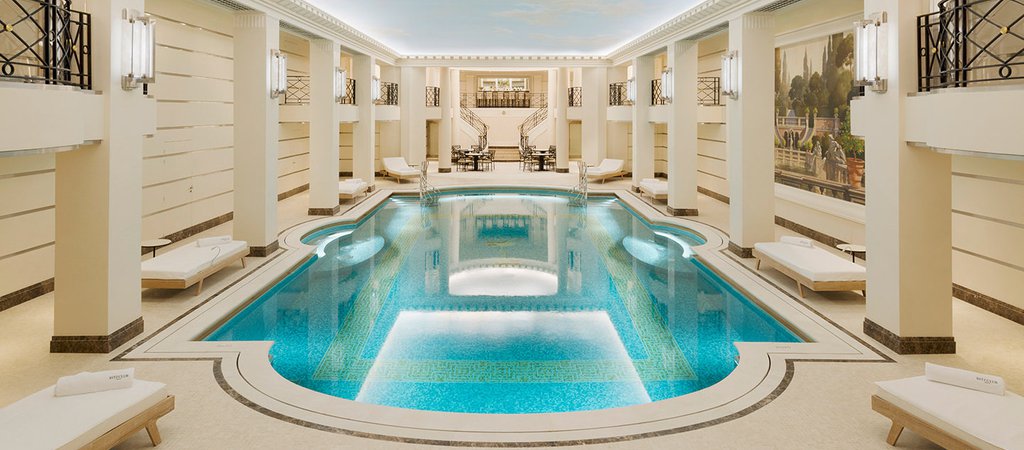
A study by media group Bauer and marketing website The Drum found that ‘unique, fleeting and personal’ experiences are at the centre of millennials’ ultimate status symbol. In 2015, PwC found that millennials spent some 52 per cent of their holiday spending on experience-related purchasing, 13 per cent more than their forebears. GfK conducted a survey on behalf of Airbnb which found that millennials would prioritise travel over buying a home or paying off debt.
Luxury is not absent from this school of thought. Boston Consulting Group reckons that over half of the $1.8 trillion luxury market was spent on luxury experiences in 2014. A Goldman Sachs survey found that 55 to 60 per cent of millennials were indifferent to buying a car and luxury bag respectively.
This behavioural shift will only become starker as millennials become richer. Bain already put most of the growth in the luxury industry last year down to the millennial in its annual study. This is likely to grow.
Royal Bank of Canada (RBC) estimates that millennials in North America and the UK can expect to inherit $4 trillion. Other estimates range from $2.1 trillion of wealth to be transferred over the next 20 years (UBS/PwC) to $3.9 trillion (Wealth-X/NFP) in the next 10 years and $24 trillion in the next 15 years (Deloitte).
The exact number of trillions aside, the consensus is the same: this is the biggest transfer of wealth in history and most of it is going to the millennial generation, making them very wealthy. And that’s before accounting for all the self-made millennial millionaires popping up in Asian, African and other fast-growing markets.
What is troubling for luxury brands are the studies that millennials don’t want to buy their products like their forebears did.
The Experience Economy: What is it?
This is not news to many in the luxury industry who already provide so-called experiences to their customers. Marketing gimmicks, be they cutting edge tech like virtual reality apps or tickets to a sponsored event, have been used for years to help shift stock.
Some brands, however, are offering experiences of such magnitude that they no longer count as gimmicks or perks, but whole new businesses. These are big bets into changing customer behaviour and draw heavily on branding. But just how much can a luxury brand expand into this new experience economy?
Cereal, Pastry and Gastronomy
Perhaps the easiest entry into the experience economy is dining. This is nothing new: Richemont owned Purdey and Alfred Dunhill have long lured clients into their London dining rooms and Cartier is soon to join them following a refurb this year.
Others have simply bought up existing eateries. Prada acquired 80 per cent of the 190-year-old Milanese Marchesi pastry shop in 2014 and a stone’s throw away is Caffè Cova, opened in 1817 and acquired by LVMH in 2013. Both brands are currently undergoing international expansion funded by their new owners.
Launching a stand-alone restaurant, however, is a much bigger bet in a brand’s value. It seems to have worked for Armani, which now runs 10 restaurants around the world and others are following in their wake: Burberry now operates a café out of its London flagship, sneaker brand KITH launched New York’s first cereal bar while Ralph Lauren’s Polo Bar is a New York eatery of the more gourmet variety. Gucci is betting on Michelin success having poached the three-starred chef Massimo Bottura to run its Gucci Osteria.
Whether these foody ventures will payoff is as yet unknown. But if not money makers, these dining endeavours will at least test brand loyalty in a different dimension while also showcasing storefronts. There is hope, no doubt, that diners will pick up more than the cheque on their way out.

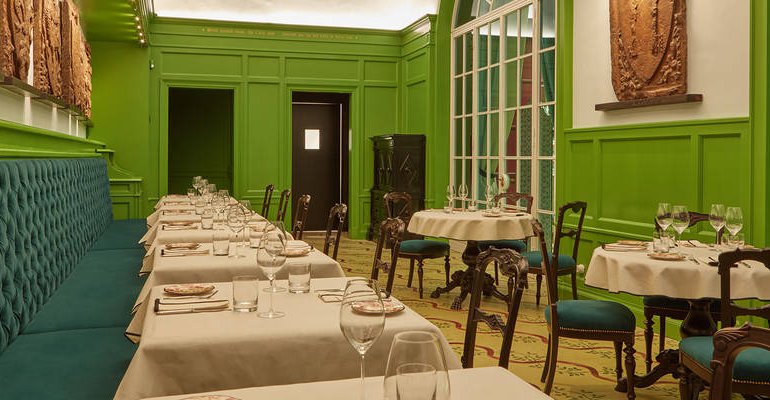
Cash in the Attic
Cartier was the first major luxury brand to put on an exhibition of its vintage pieces at the Parisian Petit Palais gallery in 1989. Last year there were over 10 such jewellery exhibitions according to an FT analysis, with Cartier joined by some of its major rivals: Chaumet, Van Cleef & Arpels, Bulgari and Fondazione Gianmaria Buccellati.
Rather than travelling to its fans, however, Gucci hopes that its newly purchased 14th century Florentine palazzo will draw in luxury museum goers. Dubbed ‘Gucci Garden’, it houses the aforementioned Gucci Osteria restaurant as well as a two-floor museum showcasing vintage items.
Louis Vuitton also has a purpose-built gallery in the form of Fondation Louis Vuitton, which opened in Paris in 2014 as a non-profit offshoot of its holding company LVMH. The Louis Vuitton brand also runs exhibitions that continually tour the world. The ‘Time Capsule’ show is shortly to launch in Melbourne having already visited half a dozen countries. ‘Volez Voguez Voyagez’ has just finished its fourth showing in New York and ‘Series 3’ attracted over 50,000 visitors in its first week in London.
Few exhibitions actually make money however. With the exception of shows curated and funded by museums, such as ‘Alexander McQueen: Savage Beauty’ at the Metropolitan Museum of Art and V&A, most are organised and paid for by the fashion houses themselves. A brand may have to buy back stock in order to put on an exhibition, a costly process.
The return of such efforts, it is hoped, will be reaped back in shops and auction houses. The secondary market for luxury items is likely to increase as awareness is made of their artistic merit. Brands can hope that this will justify hikes in-store as well.

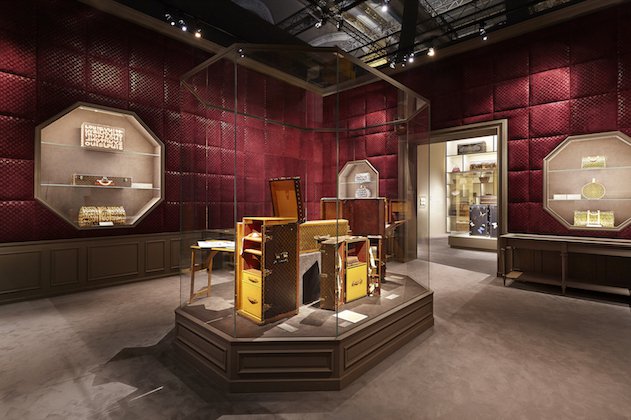
Wellness, Wellbeing and Welleries
Few other movements are as defined by the millennial as the growth in health and wellness, an industry spanning spas, gyms and health products, which is now worth an estimated $3.2 trillion.
This presents an obvious opportunity for beauty brands to expand into spas. Chanel operates the Chanel Spa at the Hotel Ritz Paris and Dior with the Dior Institute au Plaza Athénée in the same city. In London, Elemis has its House of Elemis and Espa has the Espa Life at the Corinthia.
Luxury department stores are also getting in on the action. Harrods has just re-launched its ‘Wellness Clinic’ which can conduct DNA analysis for skincare and diet. Saks Fifth Avenue in New York opened their ‘Wellery’ last year, which offers boot camp style classes and therapy treatments. Harvey Nichols’s ‘Beauty Lounge’ opened in its Knightsbridge store in 2016 offering LED facials, cryotherapy and vitamin and nutrient injections as well as classes in makeup.
Brands without the real estate or remedies to follow these examples are also aligning their products with this movement. Apparel brands now offer active wear and Swiss watchmakers offer smartwatches. These products can open endless opportunities in the experience economy that their marketers would do well to consider.

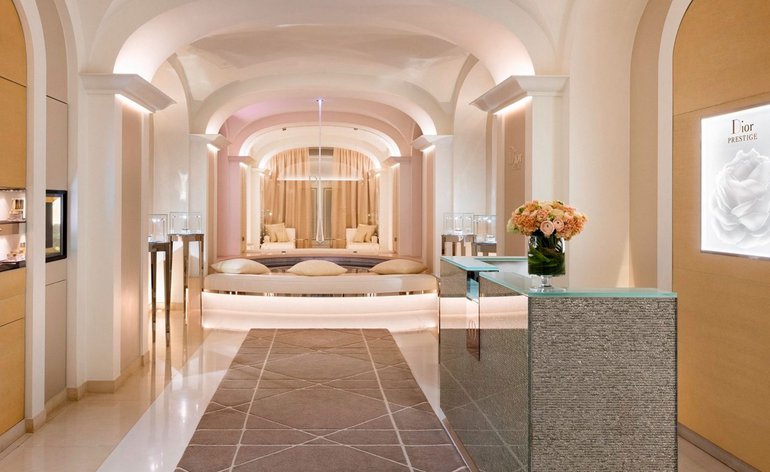
Turning Buyers into Guests
Branded hotels are an altogether higher bet in a brand’s influence. However, since the unveiling of Giorgio Armani’s debut hotel in Dubai’s Burj Khalifa and its neighbouring Palazzo Versace, other luxury brands have become more confident in the hospitality industry.
Luxury conglomerate, LVMH announced a hotel and management spinoff in 2010 and has since opened hotels and residences under its Bulgari brand. Four are now in operation and another two planned.
Others have been more cautious about this notoriously competitive industry. Gucci mothballed a planned hotel in Dubai and Moschino has sold its hotel of the same name in Milan. Rumours of a Dolce & Gabbana Hotel, also in Milan, have yet to materialise.
Hoping that a luxury customer will become a luxury guest in a branded hotel is a big ask and millions are risked doing so, for these are costly enterprises. Branded hotels are therefore more likely to either be operated as joint ventures, as the Armani and Versace hotels are, or the playthings of luxury tycoons such as Bernard Arnault who has a string of hotels to his name.

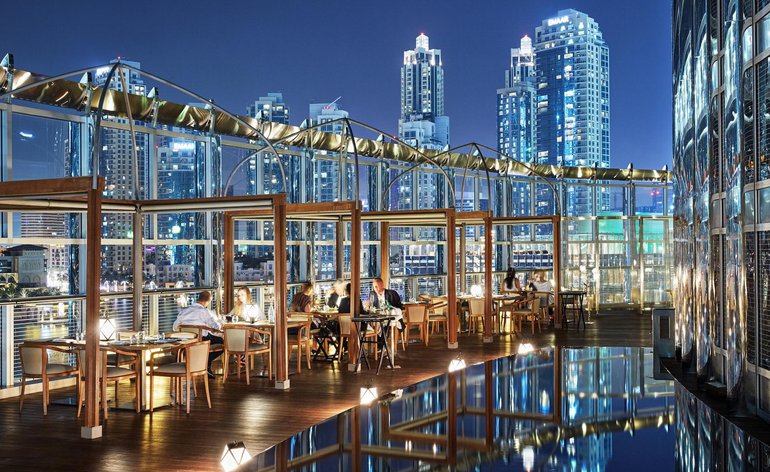
The Next Experience?
Before dreaming up the next branded experience, luxury houses first have to grapple with the question: do these expansions into the experience economy overstretch or strengthen their brands? Brand building is done at the expense of diluting identity. Most consumers only identify a brand with one thing, so making that two or three things will weaken the recollection of each.
The bottom line should provide the answer. Experiences, however illustrious, fall into two camps: those that make money on their own and those that lose money but help sell things. If an experience doesn’t fit either criteria, it is either charity or vanity.
However, as luxury brands continue to experiment with experiences; they should not neglect the most important experience of them all: shopping.
Source: Luxury Society
